The very name Thomas Webb & Sons is closely associated with the highest-caliber glassware and superb craftsmanship.
Thomas Webb Glass was established in Stourbridge, England, in the early 19th century and immediately gained popularity for creating some of the most exquisite and sought-after glass objects of the era.
Due to its focus on innovation, outstanding design, and technical prowess, the company has earned a special position in the annals of glassmaking.
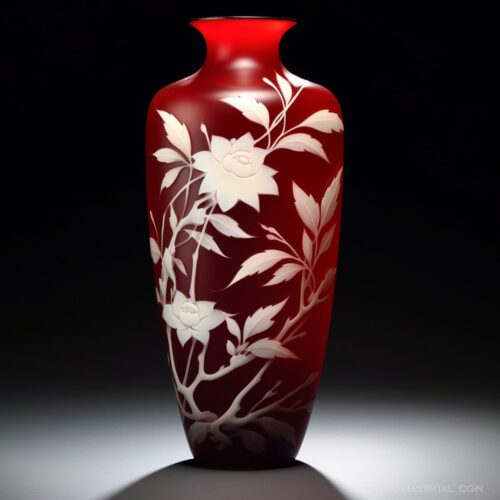
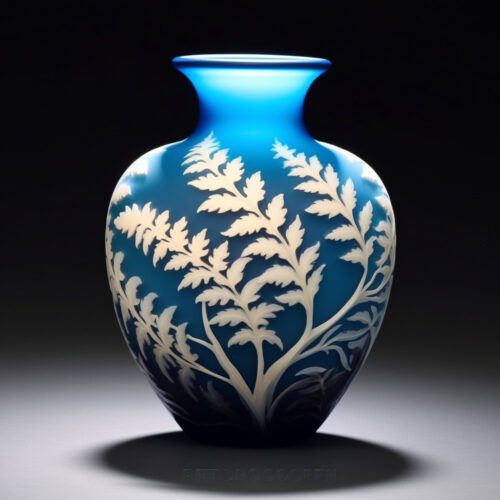
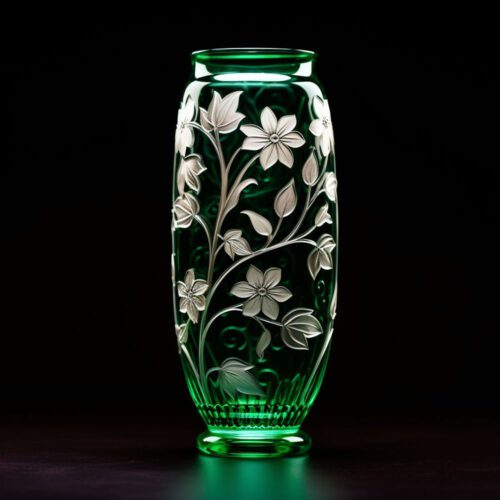
The Origin and Initial Years
Thomas Webb, the company’s founder, was born in 1804 in Wordsley, an English village at the centre of the West Midlands glassmaking region. Webb, whose family has a long history in the glass business, quickly became passionate about glassmaking. He started his own glassworks in Wordsley in 1829 and began making dinnerware and flint glass.
Thomas Webb & Sons moved in 1837 to Stourbridge, which was fast developing into a major centre for glassmaking in Britain. With the shift, Webb was able to access a rapid supply of raw materials and benefit from knowledgeable local labour.
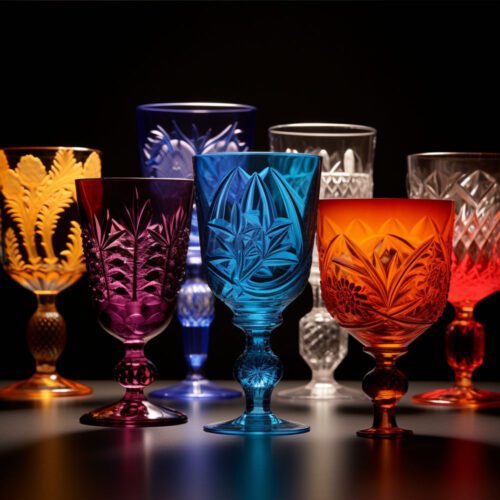
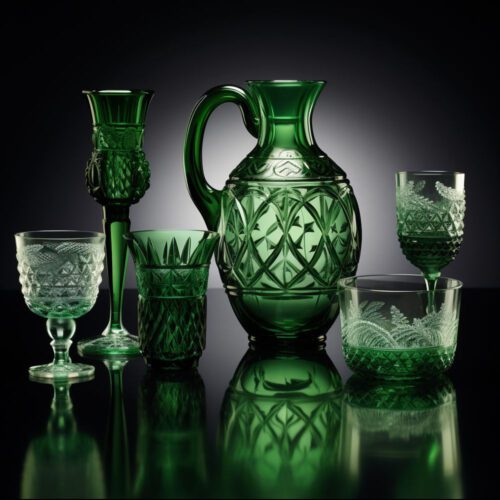
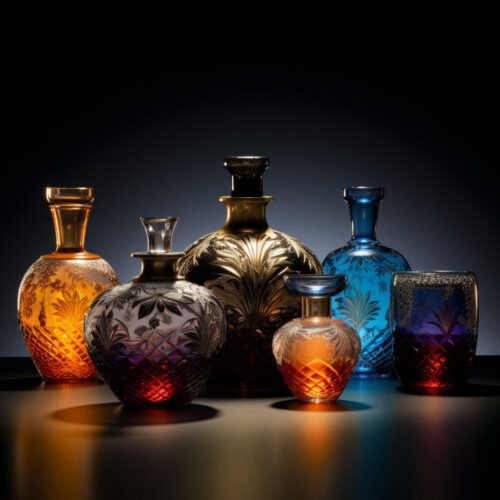
Glassmaking Innovations
The invention of cameo glass was one of Thomas Webb’s most important achievements in the glass industry. Using layers of coloured glass, elaborate and delicate motifs were revealed by painstakingly etching away the outer layers. Cameo glass pieces made by Webb were wonderful works of art and immediately became popular with collectors.
A further result of Webb’s inventiveness was the development of his unique “Rock Crystal” glass. This unique glass, which resembled rock crystal quartz, had a high lead content which gave it a dazzling brilliance and remarkable clarity. As Webb’s Rock Crystal glassware gained recognition, it became highly prized by discerning consumers all around the world.
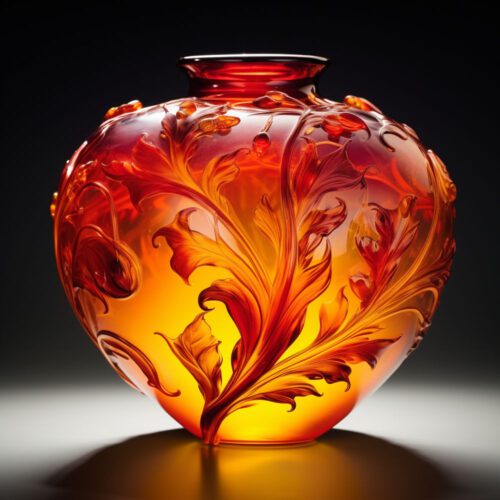

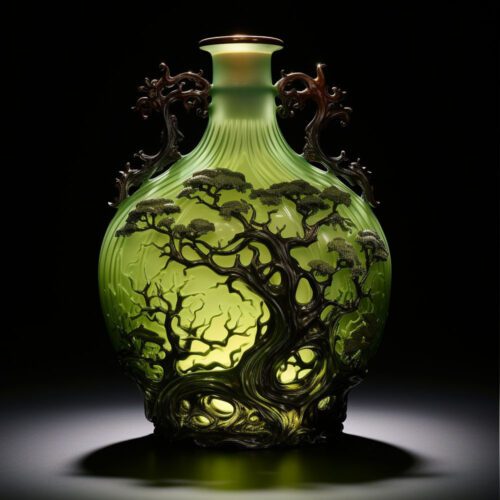
Royal Support and Global Recognition
The reputation of Thomas Webb & Sons as a manufacturer of fine glassware attracted interest internationally. Numerous worldwide shows featured the company’s glasswork, which won many prizes and received praise for its remarkable craftsmanship.
Queen Victoria was impressed by Webb’s exceptional glass creations, and in 1877 she conferred the renowned title of “Glassmakers to the Queen” on the business. This royal support improved Thomas Webb & Sons’ stature and further cemented its position as the top glass producer of the time.
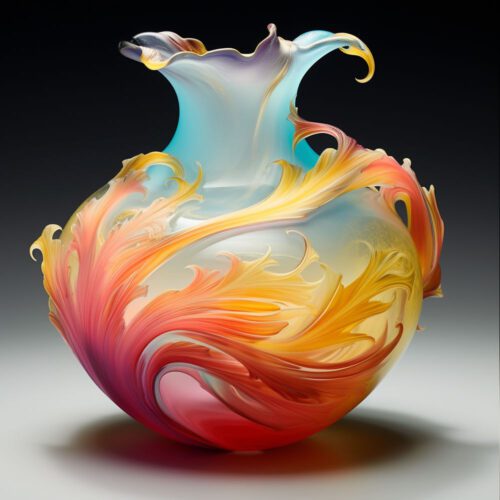
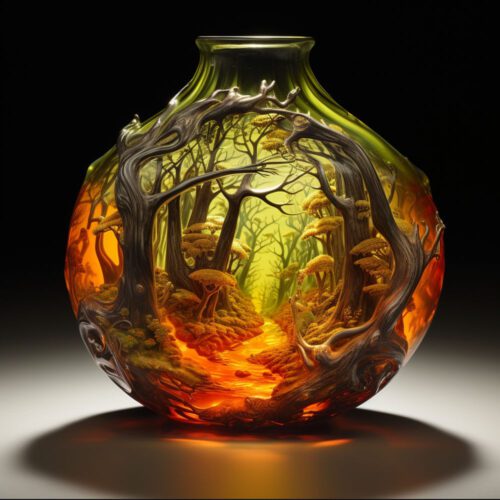
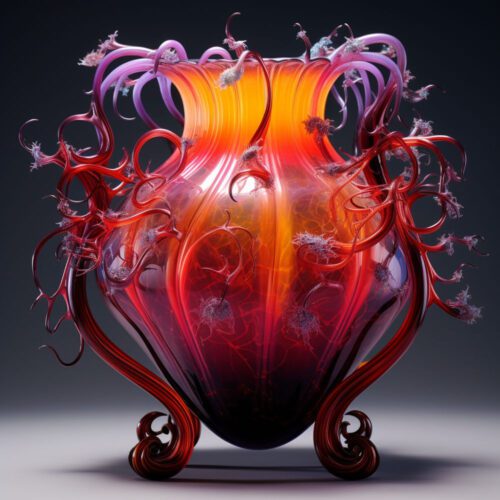
Art Nouveau’s Influence
The Art Nouveau trend began in the late 19th and early 20th centuries as a response to the long dominance of neo-classicist historic-centred fashions. It praised natural patterns, slender lines, and organic shapes. As Thomas Webb & Sons embraced the Art Nouveau aesthetic, their glassware designs started to take on this brand-new look.
Many of Webb’s Art Nouveau works featured delicate, flowing floral designs and iridescent finishes that were accomplished by utilising specialised methods like “plum-blooming.” These alluring objects quickly rose to collectable status and are regarded as some of the best examples of Art Nouveau glass.
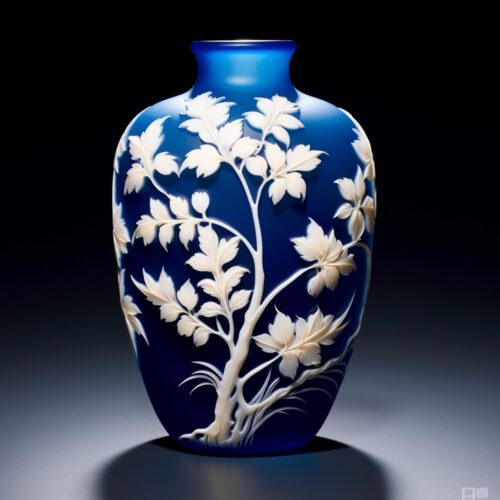
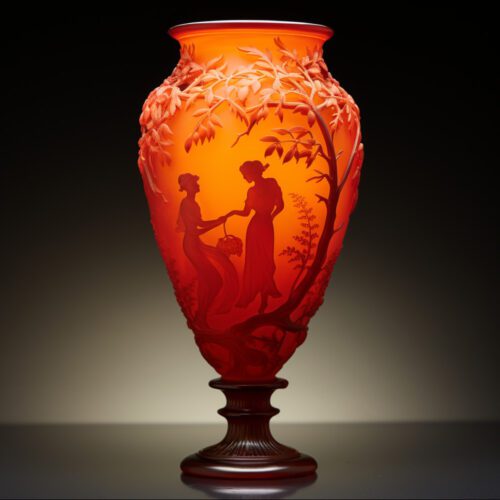
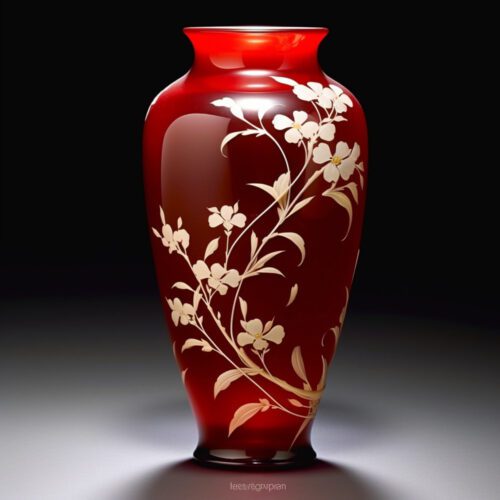
Frederick Carder’s Influence
A talented English glassblower and designer named Frederick Carder joined Thomas Webb & Sons in 1881. Carder made a substantial contribution to the company’s aesthetic and financial success by bringing his technological know-how and artistic vision.
Carder’s influence led the business to start creating fine art glass that frequently featured striking hues and avant-garde patterns. Early in the 20th century, a time period now referred to as the “Carder Era” at Thomas Webb & Sons, Carder’s work had a particularly large impact.
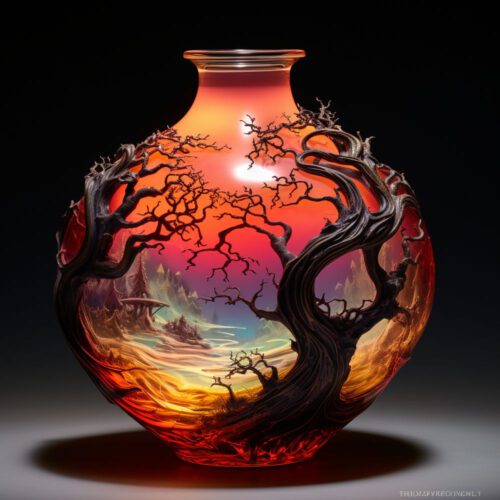
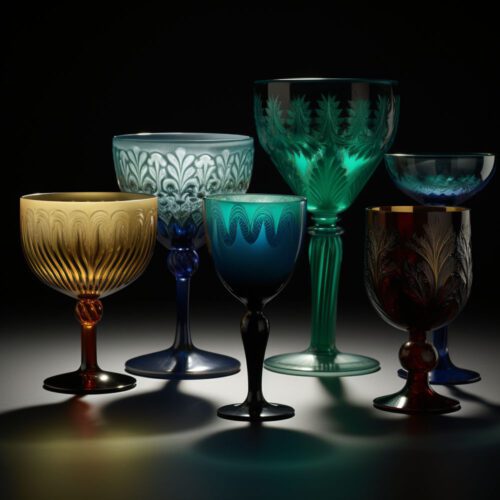
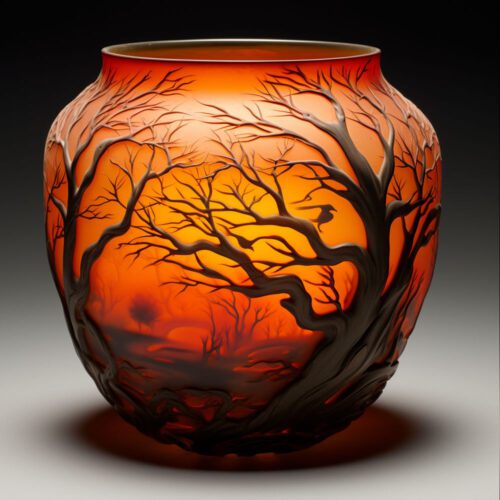
The Fall and Rebirth
Thomas Webb & Sons encountered difficulties during the early 20th-century economic downturns, just as many other glass producers did. As the market for fine glassware shrank, the business found it impossible to continue producing art glass at their usual rate.
Thomas Webb & Sons and Royal Brierley Crystal, a notable British glass manufacturer, united in 1965. Up until 1980, when the Waterford Wedgwood Group bought the United company, it produced glassware under the name Webb Corbett.
Even though the original Thomas Webb & Sons company is no longer in business, the history of its superb glassware is preserved by collectors, museums, and lovers of fine vintage glass. Thomas Webb Glass is highly coveted and is still much in demand at auctions and in private collections.
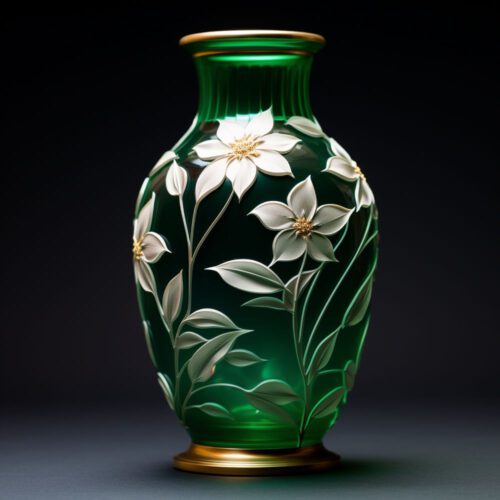
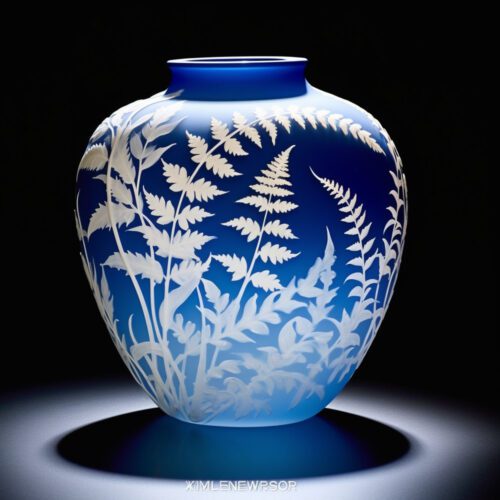
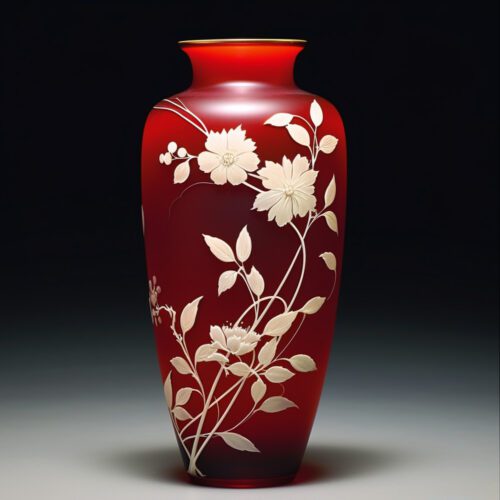
Conclusion
The history of Thomas Webb Glass is a testament to the ongoing legacy of craftsmanship and invention in the glassmaking industry. Thomas Webb & Sons made an enduring impression on British glass art, from its modest origins in Stourbridge to its royal sponsorship and widespread recognition.
Cameo Glass and Rock Crystal, two of the company’s innovative processes, pushed the limits of glassmaking and provided inspiration for future generations of glass artists. Thomas Webb & Sons Glass embraced the aesthetic spirit of the moment via the influence of Art Nouveau and the vision of Frederick Carder, creating breathtaking works that still enthral fans today.
Thomas Webb Glass’s beauty and elegance are globally cherished as a homage to the talent and commitment of its creator and the several artists who worked on its extensive history. As enthusiasts and collectors continue to value Webb’s glass for both its aesthetic and as a solid art investment.
Further Reading:
Glassmakers of Stourbridge and Dudley 1612-2002: A Biographical History of a Once Great Industry
by Jason Ellis – Buy it HERE
All glass images created using AI
